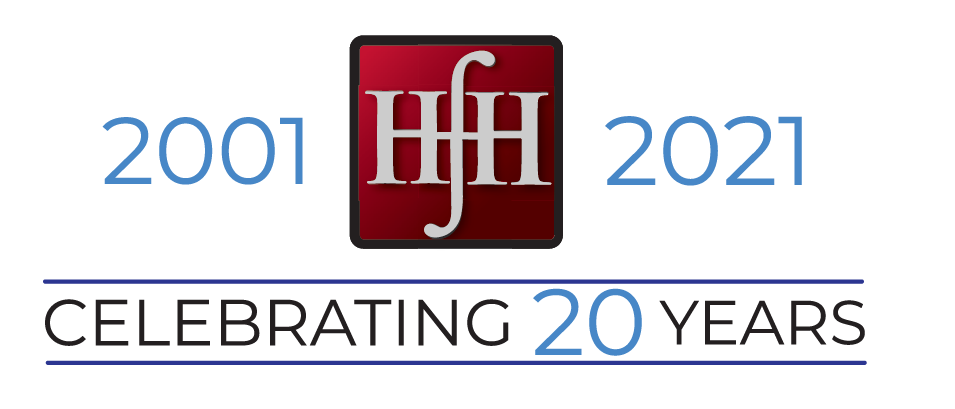Most people drift through their job search, looking for an employer to give them a vision for their career. If you know where you are and where you want to go, this will separate you from the pack.
Identifying your career goals is very helpful and focusing, but a checklist of ideal job criteria alone will not engage your emotions or inspire you. Visualize your next job to stir your mind and heart at a deeper level, and mentally prepare yourself to work at your ideal job.
What is visualization?
I have seen the concept of “visualization” used in both healthy and unhealthy ways.
Visualization IS NOT “believe it and achieve it” or “name it and claim it.” These philosophies tell you that you can do anything by just setting your mind to it. Sounds exciting, but accomplishment also requires hard work and doing your part.
Visualization IS a mental rehearsal to help you focus on the specific goal you have in mind. Visualization makes it more real, tangible, and something you can see yourself doing successfully.
The key to success?
Elite athletes visualize. Seasoned competitors use vivid, highly detailed mental images and run-throughs of their performance. This means engaging all the senses in your mind. Soviet Olympians popularized the practice in the 1970s. Tiger Woods has used visualization since early in his career. World champion golfer, Jack Nicklaus has said, “I never hit a shot, not even in practice, without having a very sharp, in-focus picture of it in my head”.
Famous actors visualize. Before anybody knew about him, actor Jim Carrey would sit each night in his car off Muholland Drive and visualize becoming a Hollywood star. He even wrote himself a $10 million check for a movie deal, and post-dated it five years in the future. Guess what happened? Not long before that date came along, he landed $10 million to star in Dumb and Dumber.
Effective businesspeople visualize. Many business leaders will visualize a vivid future for their company, including key moments that will drive and inspire them towards that goal. Visualizing a successful client meeting or delivering a successful speech has a way of helping you live in that future state which you expect. Entrepreneur Tim Ferris takes the process a step further. “I constantly visualize,” he says. “I will review video of top performers . . . right before going to bed, and then I will end up visualizing, or dreaming oftentimes, about those skills. That’s a very consistent practice of mine.”
Successful job seekers visualize. Creating a vivid and realistic image of that next job activates our subconscious. In a sense, we begin to believe it has already happened. When we feel at peace in this future reality, our brain begins to believe that we will be successful. This motivates us to turn our vision into reality. This belief that we’re already there (while just in our mind) is projected to others, which can come across as healthy confidence and being fit for the job.
5 quick tips for successful visualization
1. Create a detailed mental experience
First thing in the morning (or late at night), sit up straight and close your eyes. Imagine you are already working in your next ideal job. Mentally rehearse that moment as if it were happening right now. Engage with all of your senses. Where are you sitting? Who are you talking with? What issue are you discussing? What are you wearing? What does the office look like? Do you smell anything? What do you hear? What are you feeling?
The power in visualization is believing you already have the thing you want. It’s more than simply hoping to achieve it someday. You live and experience the moment as if it were real right now.
While you know this is a mental trick, your subconscious mind, which doesn’t recognize the difference so easily, has a way of focusing thoughts and beliefs in this future state. This method helps change your beliefs, assumptions, and opinions.
2. Practice the Day One mindset
Visualization is also a powerful tool when it comes to interviews. You can interview like you are showing up for the first day of work (“Day One”) at the company. This attitude comes across positively during the interview because it creates a sense within the interviewer that the candidate already fits the company and belongs on the team.
3. Eliminate negative doubts
Your mind might battle your future vision, injecting doubts, fears, or unbelief. Push back and get rid of the negative self-talk. This may seem odd at first, and your mind can drift, but visualization will feel more normal with practice.
4. Repeat positive affirmations
Tell yourself what you want to believe. For example, “I am loved and my family regardless of my work.” Or, “I am strong and courageous.” Or, “I am successful.” Or, “I am a great product manager who delivers great work that delights the customer.”
5. Post a picture
Remind yourself of your visualized future with an image, picture, or collage somewhere in your home where you’ll see it each day. Images have a way of moving us more than words.
For more helpful job search tips: Ultimate Job Search Guide: Recruiter Insider Tips



